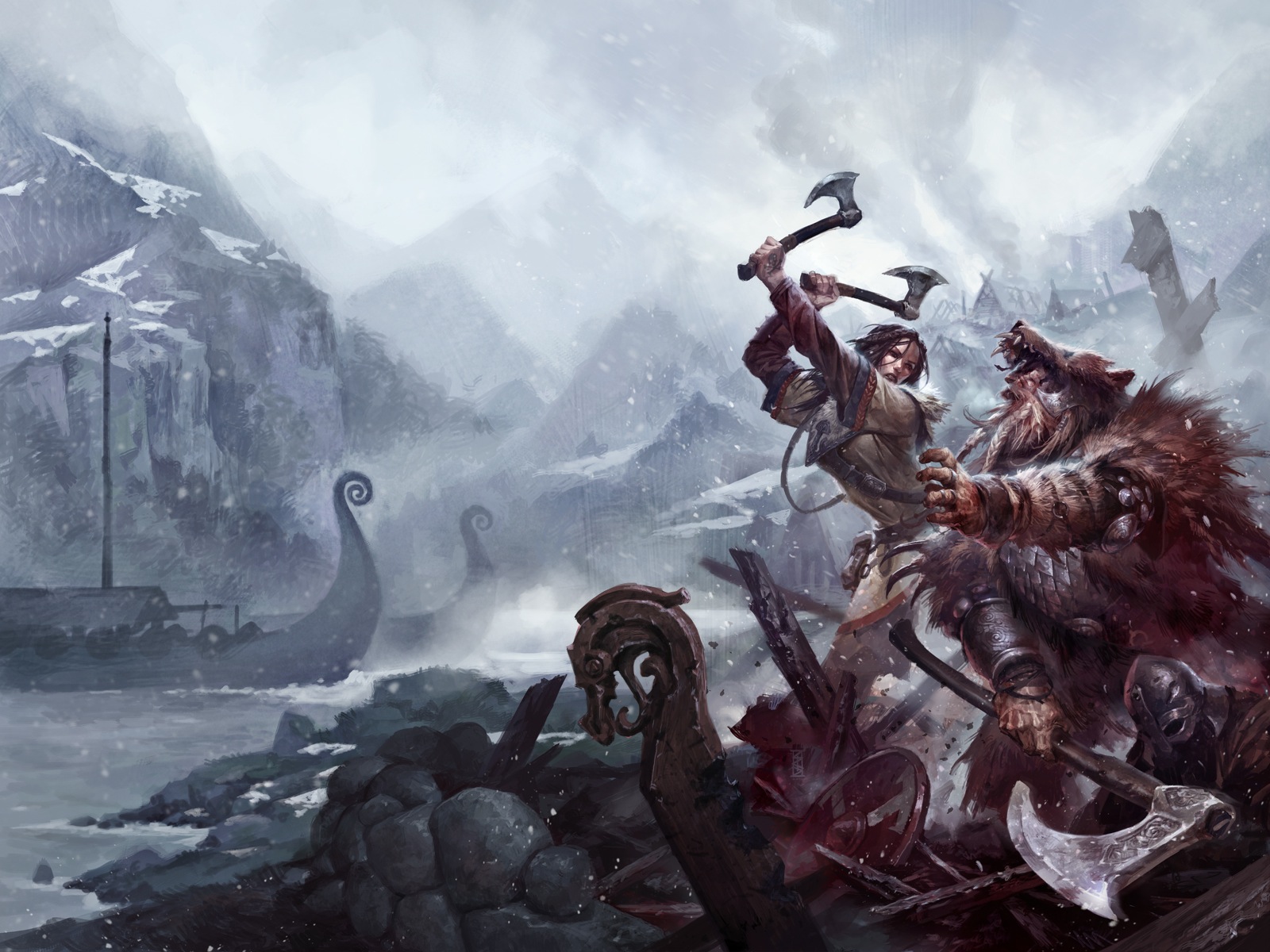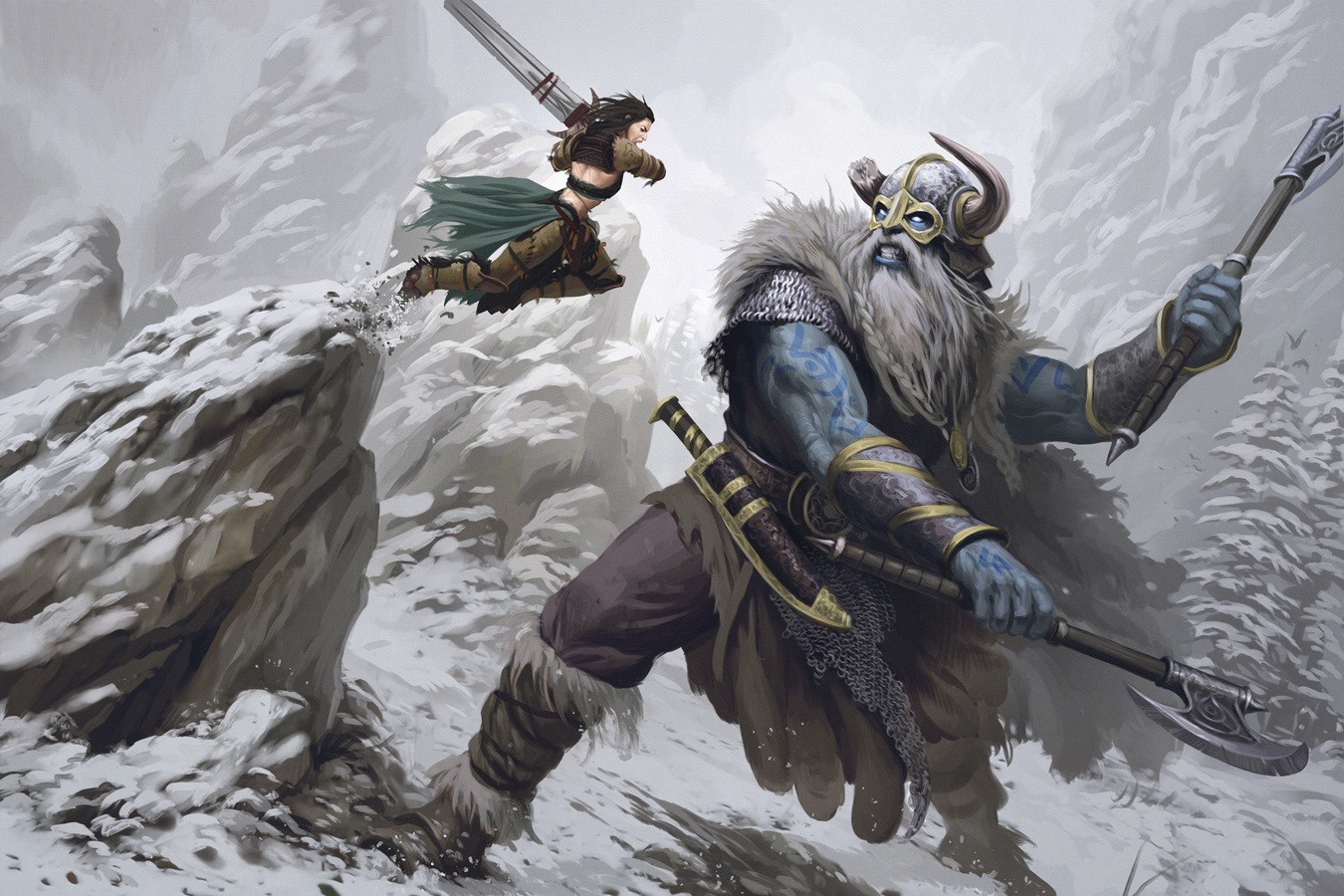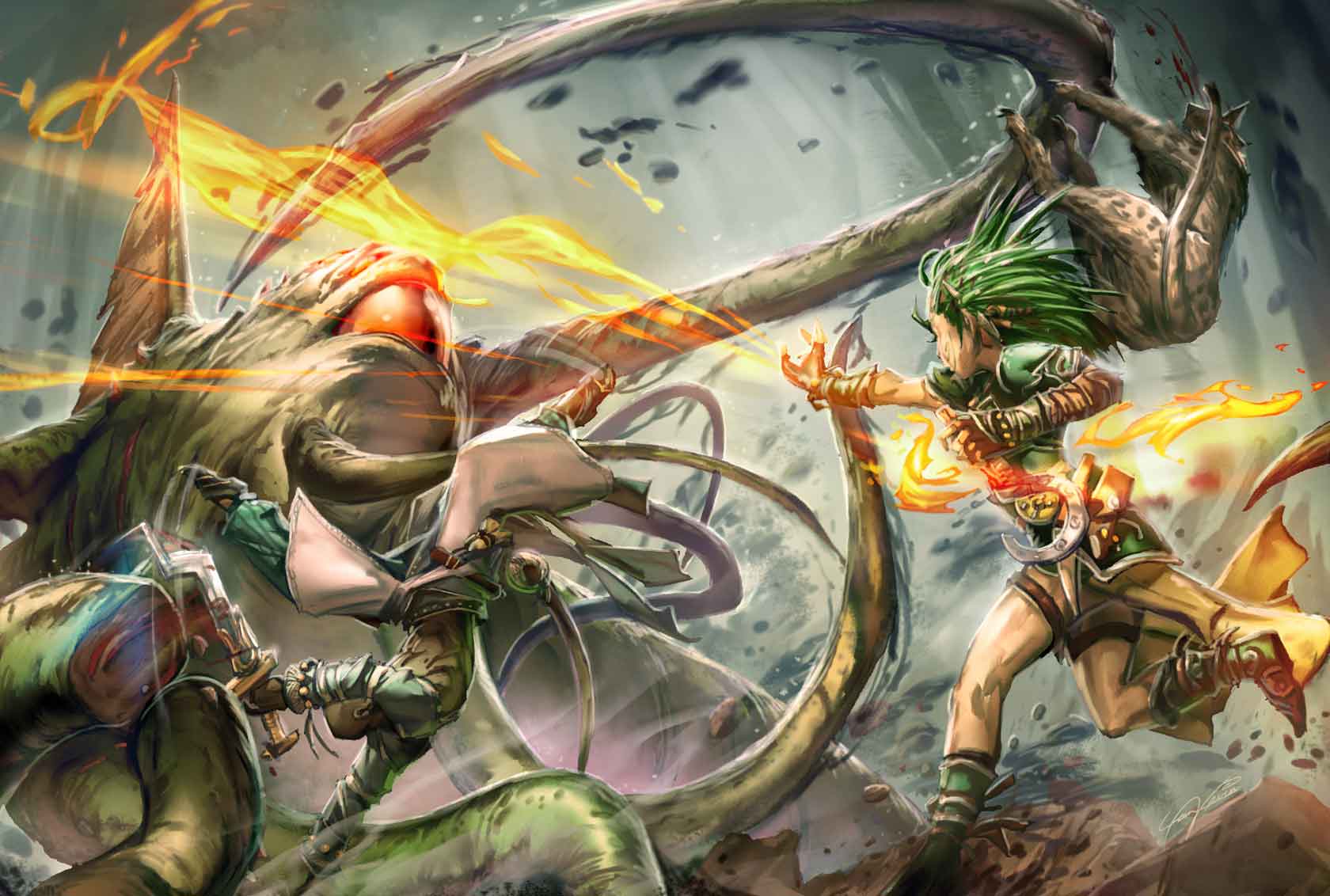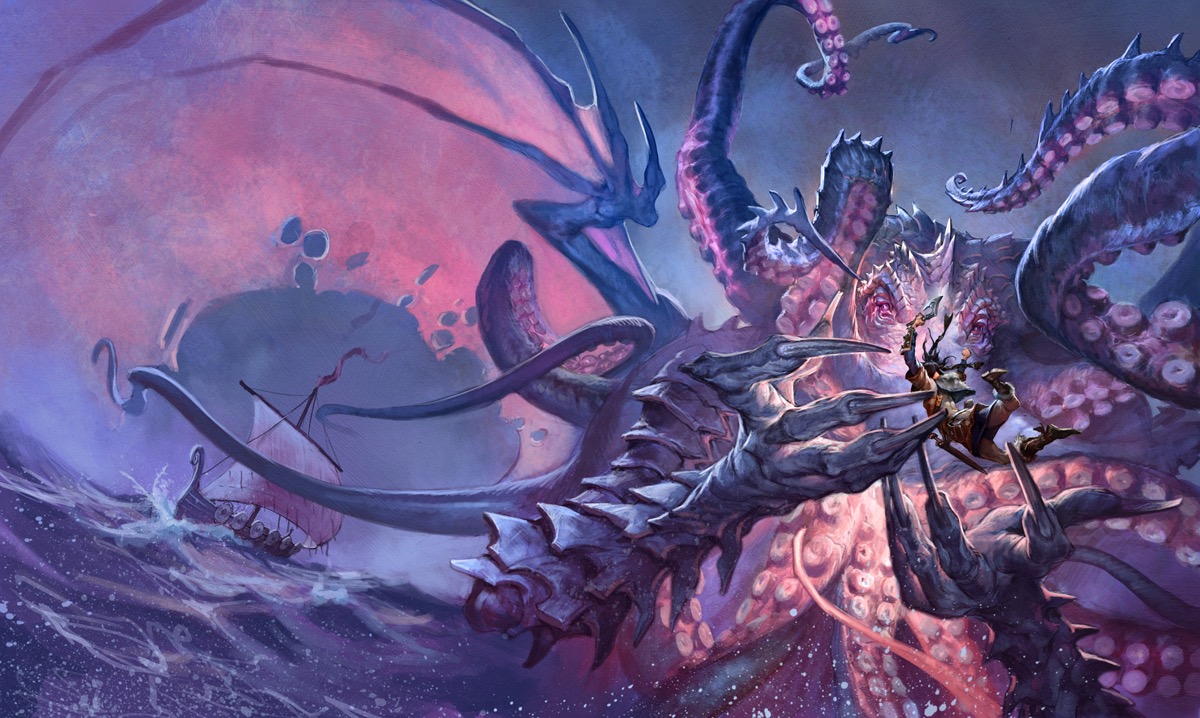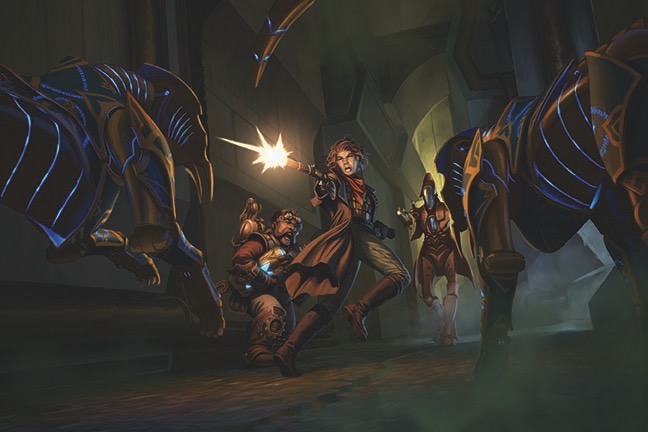Class identity is a wonderful thing, and both versions of Pathfinder are ripe with examples of how your play can really influence the feel of the class. This can also influence your character’s presence on the table, in combat or out of it. And the recent Legend Lore by Luis and Loren is a great listen if you want to hear about the rules and general vibes of the swashbuckler class in 2e. In fact, it was so effective that I was inspired to push my original article idea two weeks down the line and talk about the class as well.
Naturally, I’m going to put a spin on it. And I’m going to have to put on my contrarian pants for this one. Buckle up, this one’s gonna get a little spicy.
Hello and welcome to Eldritch Excursion, the blog that once heard the name Errol Flynn and wondered what the guy from Tangled has to do with swashbucklers. Today, we’re about to turn back the clock and look at the first edition version of the swashbuckler, particularly how the flavor and the mechanics actually worked against one another.
Take a gander at the 1e swashbuckler class. Now, Paizo’s developers are talented folks. More than me with my armchair analysis, to be sure! But that class is in the edition is based on the framework of an even older game and when you’re trying to make something flashy it’s going to hit some speed bumps. Most notably when you’re picturing an agile hero leaping from ledge to ledge, deftly dodging enemy attacks, only to spend half of your game time standing in once place and full-attacking. Or when your fantasy pirate character with his very iconic class can’t actually hold his ale or keep his sea legs, because a class derived from two classes with high fortitude saves somehow has a low fortitude save?
There’s also some funny business that with ability scores. You want to max out dexterity with a side of charisma to boost your Panache pool (a resource that is rapidly spent/replenished in combat) which is equal to your charisma modifier, minimum one. You’d think you need to dedicate several points to it, but it always defaults to one, so you’ve got a lot to gain by dumping charisma into the earth. Now take a single feat to make up the difference, saving a ton of points for stamina and wisdom to bolster your weak saving throws. Even dexterity doesn’t have to be maxed, since strength can still be used for attacks and damage. You could get away with swinging a great sword and wielding a spiked gauntlet with a cheap enchantment to parry foes with your muscle-punches.
But I saved the best for last. An ability that’s worthy of being a capstone, or at least a feature you wouldn’t get until the midgame. And the swashbuckler lets you do it at first level. The Opportune Parry and Riposte deed allows you to spend panache to parry an attack with your own. This ability single-handedly changes how you think about the entire mechanic of armor class and you get it at level 1. As long as you’re sticking to the weapon type, the class is best served as a level 1 dip before multiclassing out and never looking back. Some people will insist that you should stay until level 5 for early access to Improved Critical, but that involves sticking with a linear martial class with a lack of engaging choices that defies the usual talent-based class design that makes Pathfinder feel so customizable. Also, take a good look at what 4 levels of Paladin can get you.
Which brings us to why I love it. I’m actually a huge fan of game design that creates accidental comedy through the quirks of mechanics. And because of that, the swashbuckler I played in Pathfinder Society only had one level in swashbuckler. The rest might surprise you.
Imagine a noble’s son. This son, perhaps of mixed Taldan and Ulfen heritage, aspired to be a great swordsman. But he was impatient, headstrong, and his short temper got him into more trouble than it was worth. But he never once faltered in his quest for excellence, even after he was expelled from the local academy for his outbursts.
Now he is a Lord, of steady hand and sharpened blade, but that temper has only gotten worse. If assaulted by disrespectful words, he will not hesitate to draw steel. He moves with the speed of a man possessed, fortified by his fury. The accompanying barrage of shouted insults are as articulate as they are vulgar, as crude a mirror to his upbringing as the feral finesse of his brutal stabbings. He can leap clean over his foe from a stand-still, parry their retaliatory strike with near-supernatural precision while midair, and drive his blade into their torso as he comes down. All in one fluid motion driven by raw instinct.
See? See?! Tell me that isn’t some of the most fun you’ll have with a non-casting character in this entire system. I dare you. Accurate Stance and Raging Leaper are enough to satisfy the fantasy all on their own, and it only gets better from there. Naturally, when the swashbuckler made its triumphant and very well-designed return in 2e, I immediately wanted to recreate my rage-bound noble with a barbarian multiclass archetype. However, due to 2e’s restrictions on finesse weapons with the Rage ability, it wasn’t looking good.
Time to roll up my sleeves.
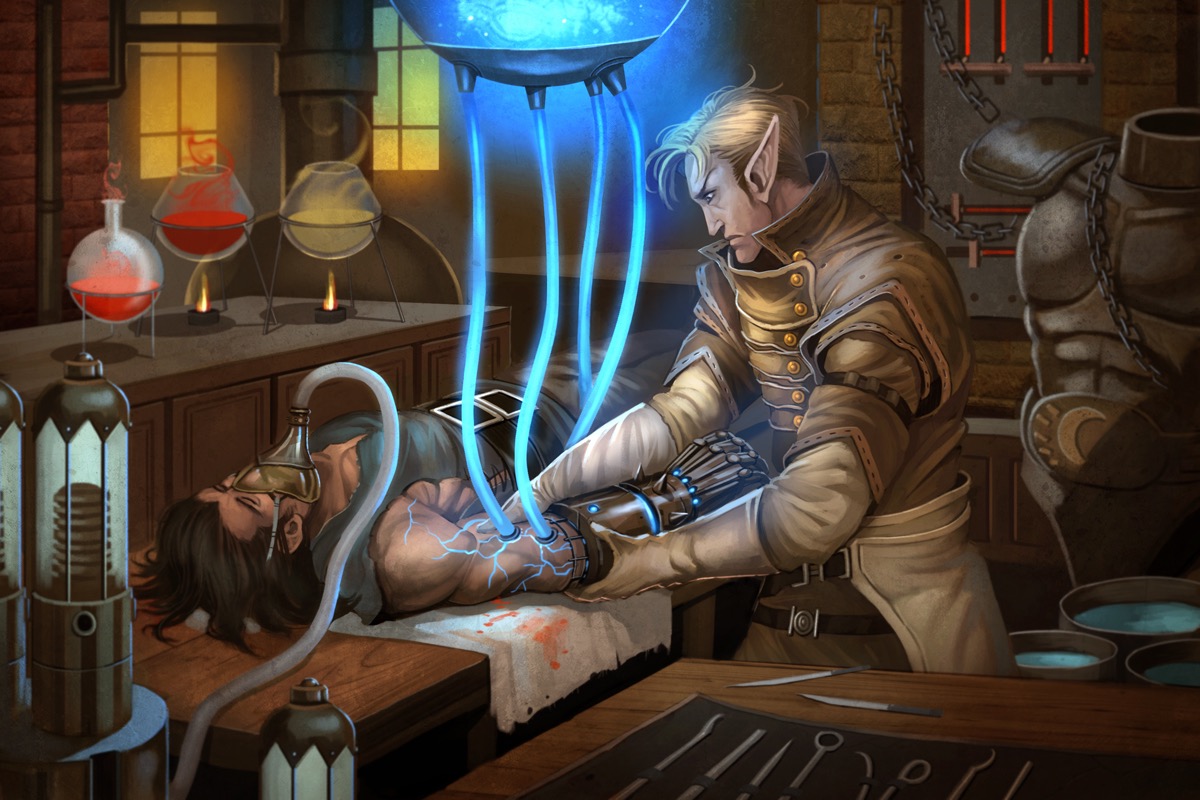
*singing* Uh oh, back to the lab again. Oh no, back to the lab again. We messed up, back to the lab again.
Indignation [reaction]
Your sense of bravado is eclipsed by an overwhelming anger at the very idea that you aren’t getting the respect you deserve. When you show pain or embarrassment in front of your foes, you leverage your emotions to retaliate. This state of anger is called indignation, and you are either in a state of indignation or you are not.
You gain indignation by suffering a blow from an enemy that deals damage equal to three times your level or greater, when a foe uses Tumble Through to move through your space, or when a foe succeeds at a skill check directed towards you that uses the skill granted by your swashbuckler’s style. At the GM’s discretion, if a foe or ally succeeds at a particularly difficult action to show you up, you also gain indignation if their result was high enough. (typically the very hard DC for their level, but the GM can choose a different threshold)
While you have indignation, you gain a 5-foot status bonus to your speeds and a number of temporary hit points equal to half of your level plus your Constitution modifier. The precise strike class feature also causes you to deal extra precision damage while you have indignation. Powerful finisher actions, including Confidant Finisher, can be used only while you have indignation and cause you to lose indignation.
Normally, you gain and use indignation only during combat encounters; when an encounter ends, you lose indignation.
This ability replaces panache. Having indignation counts as having panache for the purposes of all swashbuckler class abilities.
Vengeful Athlete Feat 4
[Swashbuckler]
Prerequisites expert in Athletics, indignation alternate class feature
This feat is functionally identical to Raging Athlete, but the effects apply while you have indignation.
And there we are. I would have reworked more of the class to fit the theme if I didn’t hog the word count with my ranting, but I think this is a modest start. Tune in next time, when I’ll show Oras who’s boss by devouring my weight in spiders to gain the forbidden knowledge of climbing really good.

